Guria region is situated in western Georgia and it includes historical-geographic province, the area of Guria. It has an ancient history and a beautiful, hidden nature in green. Guria is impressive and interesting with its cool forests, mineral waters, alpine meadows, cultural sites and sandy beaches for the people having different tastes and interests. You can go above the clouds, in the frosty mountains from the sunny seaside.
History
The traces of human life in Guria are evidenced from the Lower Paleolithic period. The process of consistent development of cultures continues throughout the Bronze Age and after that too. The material discoveries in Ureki-Tsvermaghala show the strengthening of the kingdom of Colkha and iron production in western Georgia (half of II millennium BC - I half of I millennium BC). In the VI century, the successor of Kolkha kingdom, Egrisi was developed in western Georgia. Guria was included in this territory too. After the collapse of Lazika, the territory between Rioni and Chorokhi was given to Guria. This site was less populated, but Guria progressed with the feudalization of the country.
Guria mainly became strong in the VII-VIII centuries. The period is also relates to the strengthening of church and monastery life here. Firstly, Guria was mentioned with this name in the VIII century. In the feudal period, this region was established as one of the Saeristavo of Georgia( A territorial unit of Georgia, usually mentioned as a Duchy in English). Eristavi (Georgian equivalent of a duke or feudal lord) were Gurians, who came from the Vardanidze family. One of the first Eristavi of Guria must be Simon I Gureili. In the second half of the 15th century, after the collapse of united Georgia, Guria Samtavro (principality) emerged and was ruled by the Gurian people. The Guria principality was fighting constantly with the Kingdom of Imereti and the Ottoman Empire. Its principal ally was the Odishi principality. The independence of Guria's principality dates back to the time of Kakhaber II Gureli, when he opposed George VIII, the last king of united Georgia. From the second half of the XVII century, the Ottoman sultan asserted Gurieli on the throne. In the 1670s, Guria must give the tribute to Ottomans with 56 girls and boys aged 10-20. In the middle of the XVIII century, Guria principality was consolidated under Mamia IV Gureli's government. He tried to expel the Ottomans with the help of Erekle II. Guria's principality existed until the middle of the 19th century. In 1877-1878 Russian-Ottoman war front went on in Guria, which really damaged the region. On the basis of today's regional divisions, historical Guria has the status of a territorial-administrative region.
Culture
Guria is a very interesting region with its culture, customs and traditions. There are many public and religious
holidays in Guria: Alegroba, Kalanda, Feritsvaleba( transfiguration of nature) etc. Especially, the last one is celebrated here. Corn, grapes, pumpkin and other harvest are put on the table during this day. Generally, this day marks the turning point of nature. However, the main event of the celebration is horse racing, which takes place in Bakhmaro. People from over Georgia come in
Bakhmaro on this day. Gurian people were known as one of the best horsemen in the world. They traveled in America and Europe many times. There is a tradition of playing Lelo in Lanchkhuti during the Easter holiday. The opposite sides think about a dead or honored person by themselves. They are taking the ball to the graves of these people by playing it. The representatives of the winning team go to the tomb with the losing team and they drink wine together, saying toasts on the graves.
Gurian folklore is very special. Gurian “Krimanchuli” is the highest level of Georgian polyphony. Anzor Erkomaishvili compared it to the fly of swallow. “Kanuri” or “Naduri” is also quite popular. The oldest Gurian falk dances are: “Farcakuku”, “Kalmakhoba” “Dance with leaves” etc. “Farcakuku” is the dance of victorious warriors and it should be danced with women.
Guria is a very hospitable region like other sites in Georgia. Gurian cuisine is quite tasteful, which is rich in a variety of vegetarian dishes. There are many kinds of pecans and nuts are popular too. Poultry dishes are also popular here: roasted chicken with watermelon, roast chicken with walnuts etc. Gurian beans with corn baked bread in the oven and Gurian Adesa wine are the best thing in Gurian cuisine. However, Guruli pie is the most famous Christmas pie from Gurian kitchen. It is very popular all over Georgia now, but before it was baked only during the period of Christmas.
Geography and Climate
Guria is located in western Georgia, on the Black Sea coast.
Samegrelo-
Zemo Svaneti region is the border on the north and it is separated by the Pichori River. Autonomous Republic of
Adjara borders on the south and it is separated by the Meskheti Range. Guria is also bordered by the
Imereti region to the northeast and the
Samtskhe-Javakheti region to the southeast. The west side of Guria has a 22 km coastline.
The part of the Guria is located on the Odish-Guria lowland and the other part on the northern slopes of the Meskheti Range. From the total area of the region, 15,000 hectares are occupied by the
Kolkheti National Park. This part consists of three administrative units:
Lanchkhuti Municipality,
Ozurgeti Municipality,
Chokhatauri Municipality. The
administrative center of Guria is Ozurgeti. The region is rich with water. Its main rivers are the Sufsa and the Natanebi. There are many small lakes here. The biggest are Imnati and Japana lakes. Guria is rich with
mineral waters, the most famous is
Nabeghlavi.
Guria is divided into plain and mountainous sides by natural conditions. The coastal areas are characterized by humid subtropical climate, with mild hot summers and mild cold winters. The mountain climate is characterized by mild warm summers and mild cold winters. The mountainous part of Guria is characterized by a combination of sea and mountain air. This reason is the healing properties of the mountain resorts in the area. The average annual temperature is 12-14 ℃.
What to see
You find beautiful nature and interesting cultural monuments in Guria region. Also, you can discover the work of culture from various periods, from the remains of ancient culture to the late medieval period. You are able to relax on the pleasant seashores as well as in the mountains, where the sun, fields and fogs create wonderful landscapes and make healthy, fresh air. Sports fans also visit this site quite often.
Nature
Cultural monuments
- The monastery complex of Jumati
- Sameba – The monastery complex of Jikheti
- Achi church
- Likhauri church
- Erketi church
- Udabno monastery
- The Shemokmedi monastery complex
- The urban archeology of Vashnari
- The fortress of Askana
- The fortress of Tamar
- St. George church of Dvabzu
- St. Mary church of Likhauri
- St. Marine church of Ozurgeti
- Eristavi fortress
- Zoti fortress
- Likhauri fortress
Resort

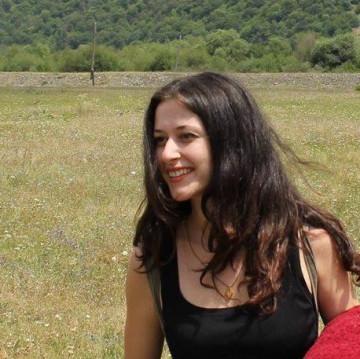
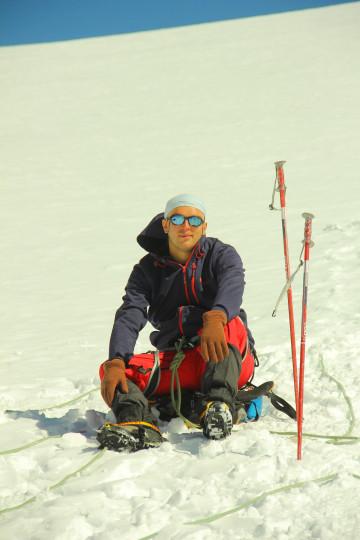
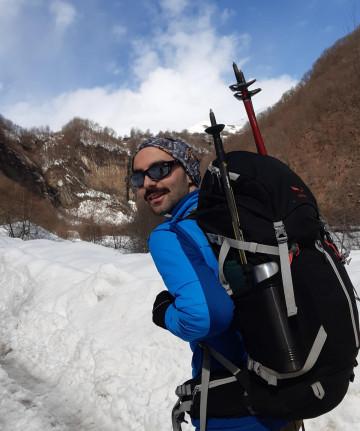


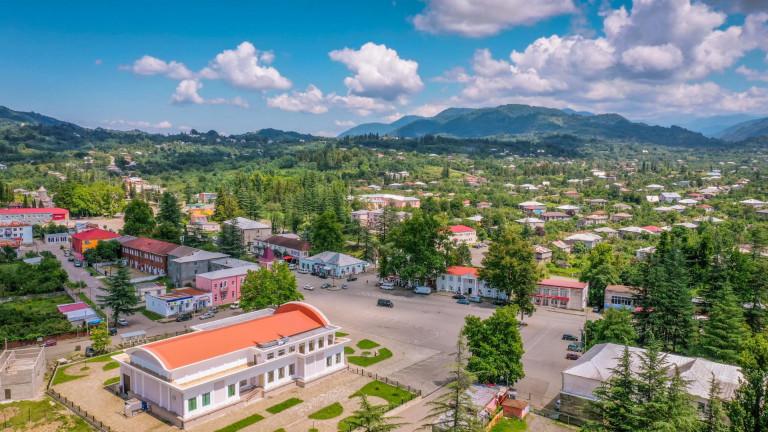




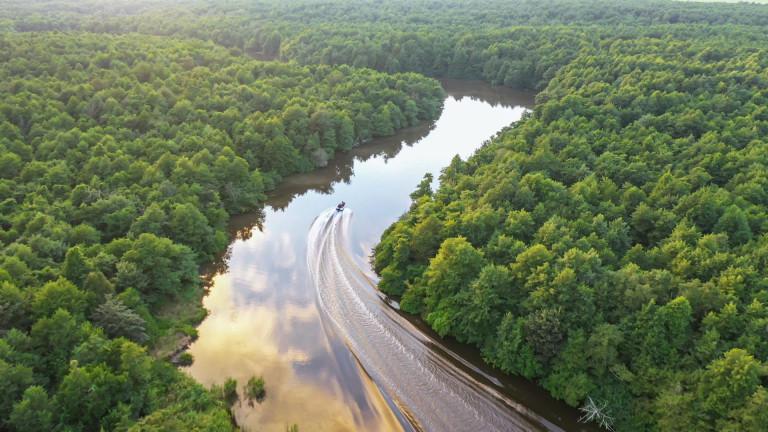



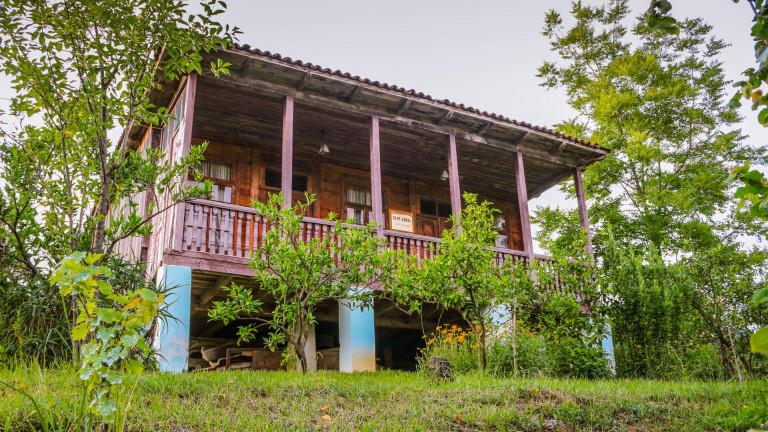
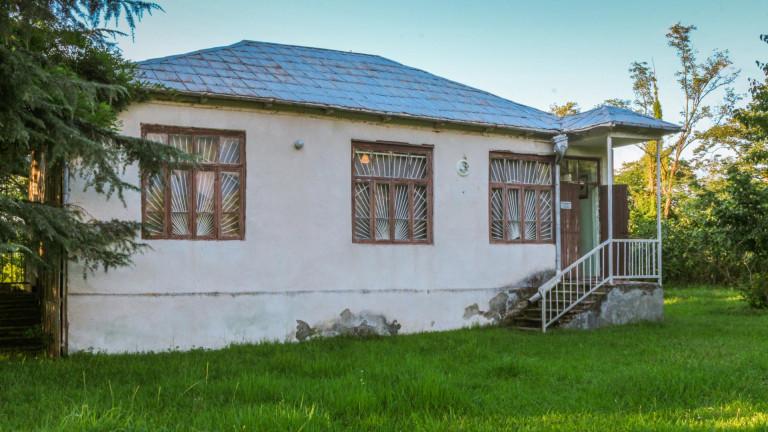

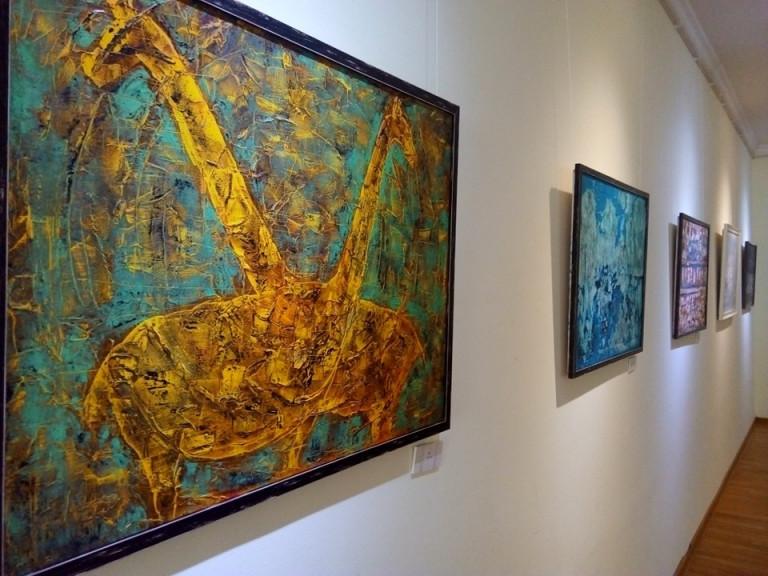


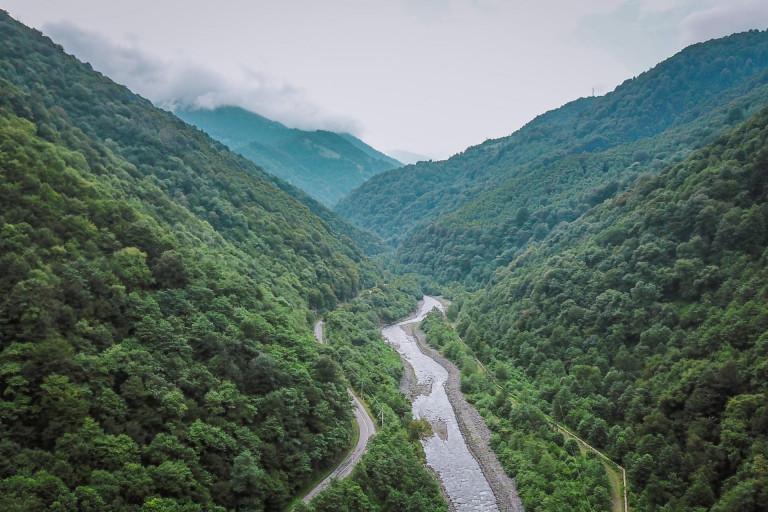
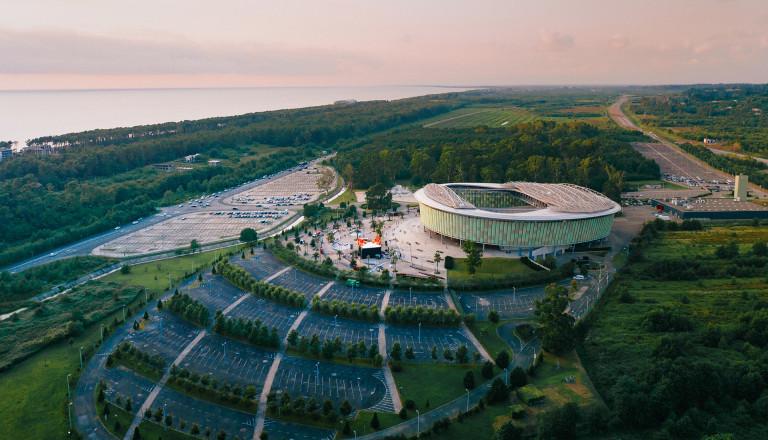
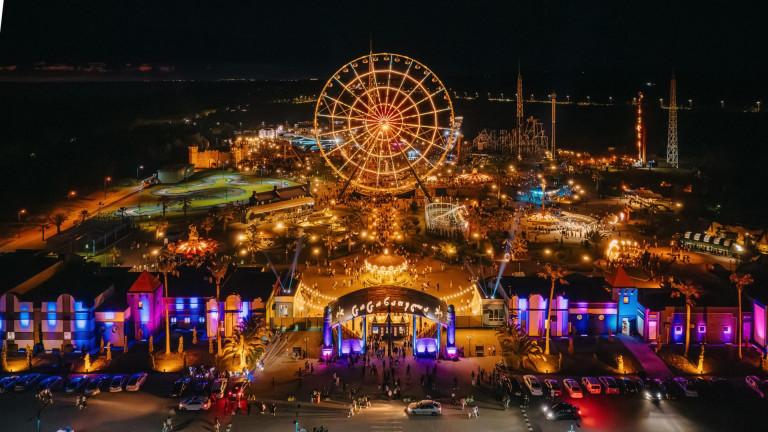
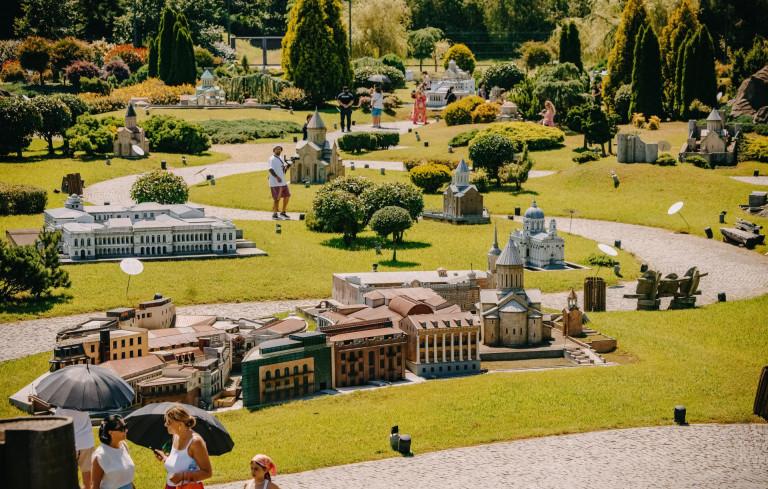
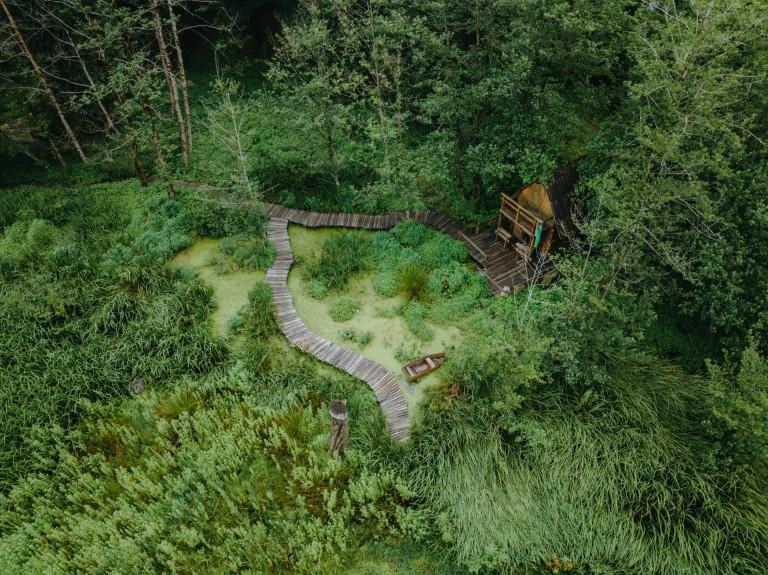

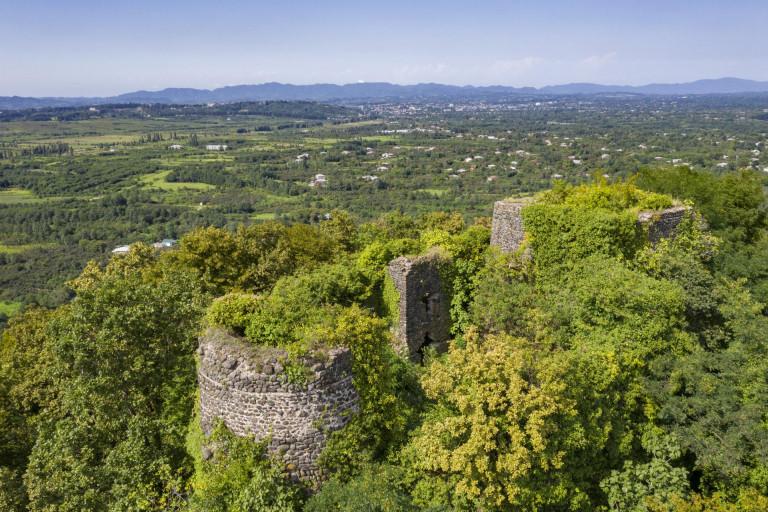

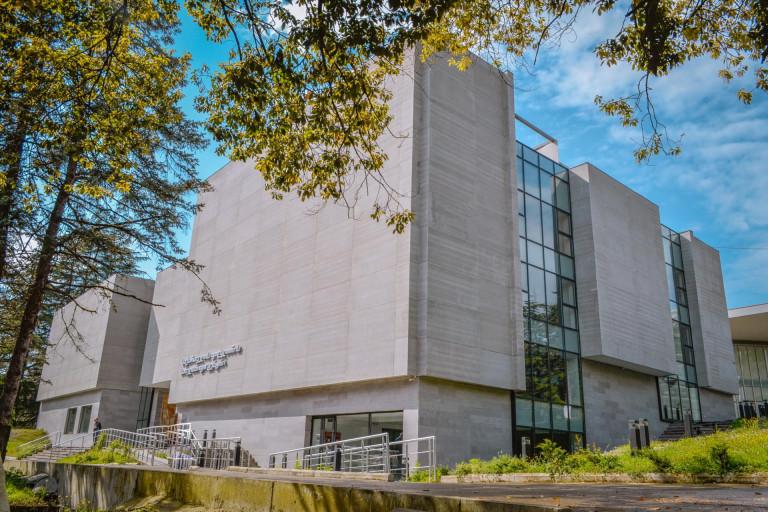


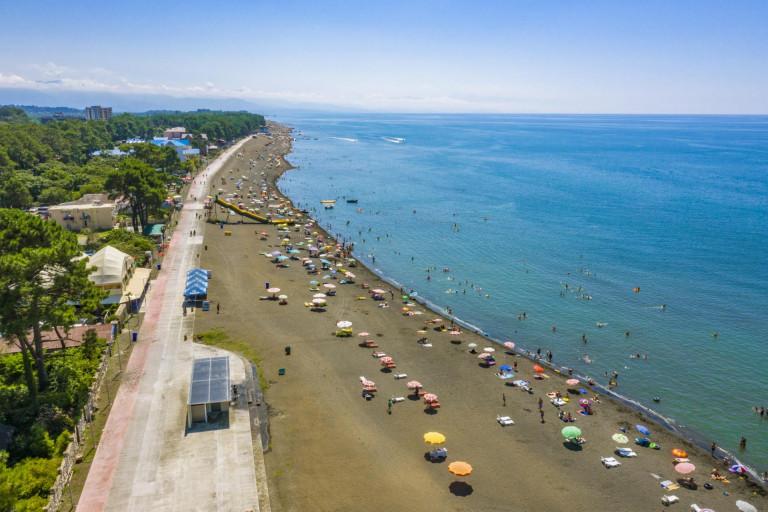
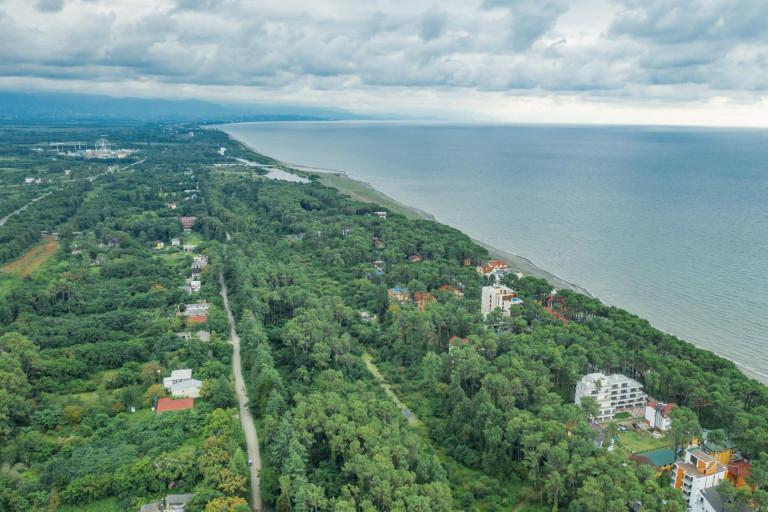

Please login to ask a question
Ask a Questionგურიაში არსებული რეგიონების განთვსების აღწერა